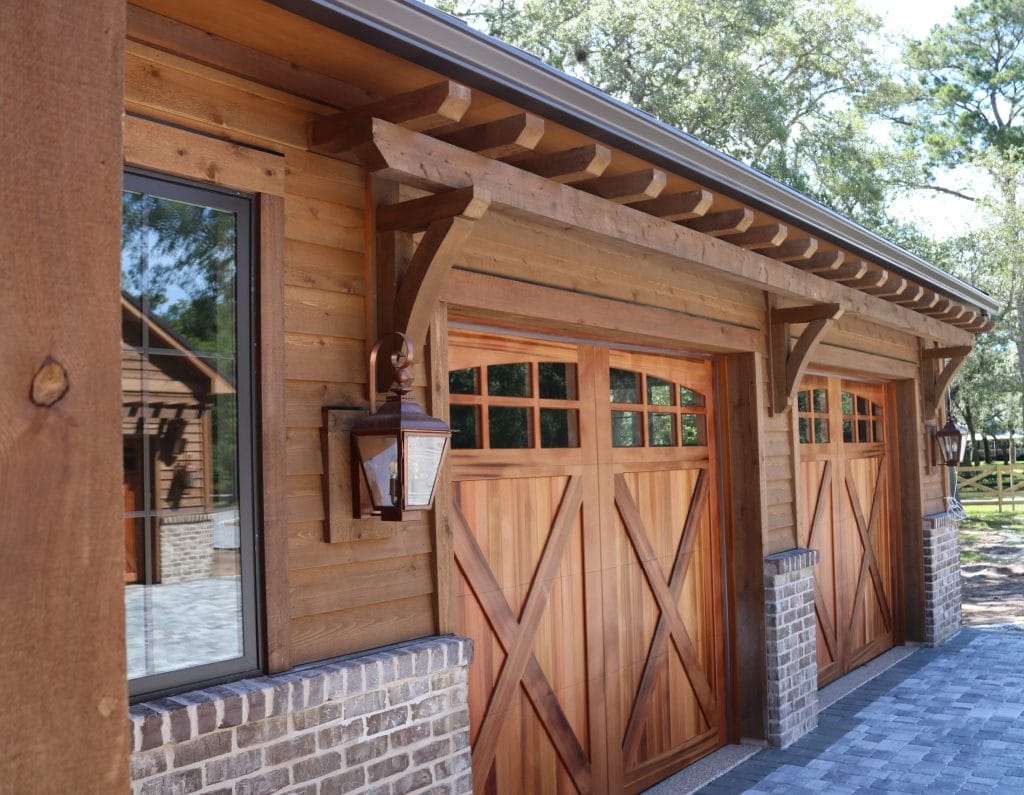
WFP is a leading supplier of premium lumber, serving clients across the Southeast and throughout the United States. Our extensive selection of Western Red Cedar, Cypress, and Pine products are available in both unstained and pre-finished options and can be crafted to meet precise specifications. We process mill-direct wood, ensuring that each piece meets our exacting standards from the source to your project.
Our meticulous finishing process is the hallmark of WFP. Coatings are expertly applied to all sides of the boards resulting in uniform coverage and a flawless finish that enhances the natural beauty of the wood while protecting it from the elements. Whether you need tongue & groove, siding, timbers, custom architectural accents, or more, WFP delivers unmatched quality and craftsmanship.
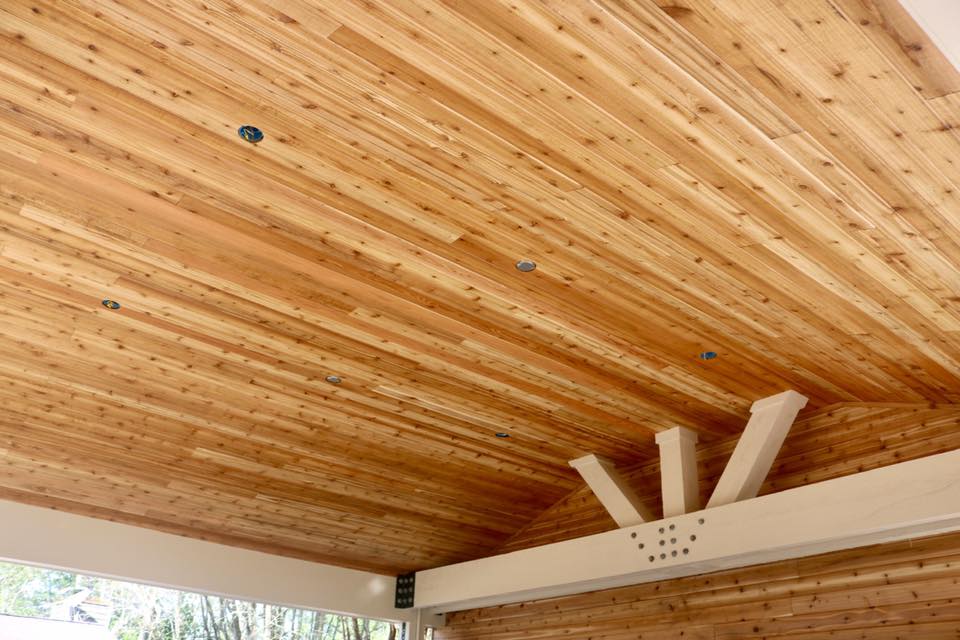
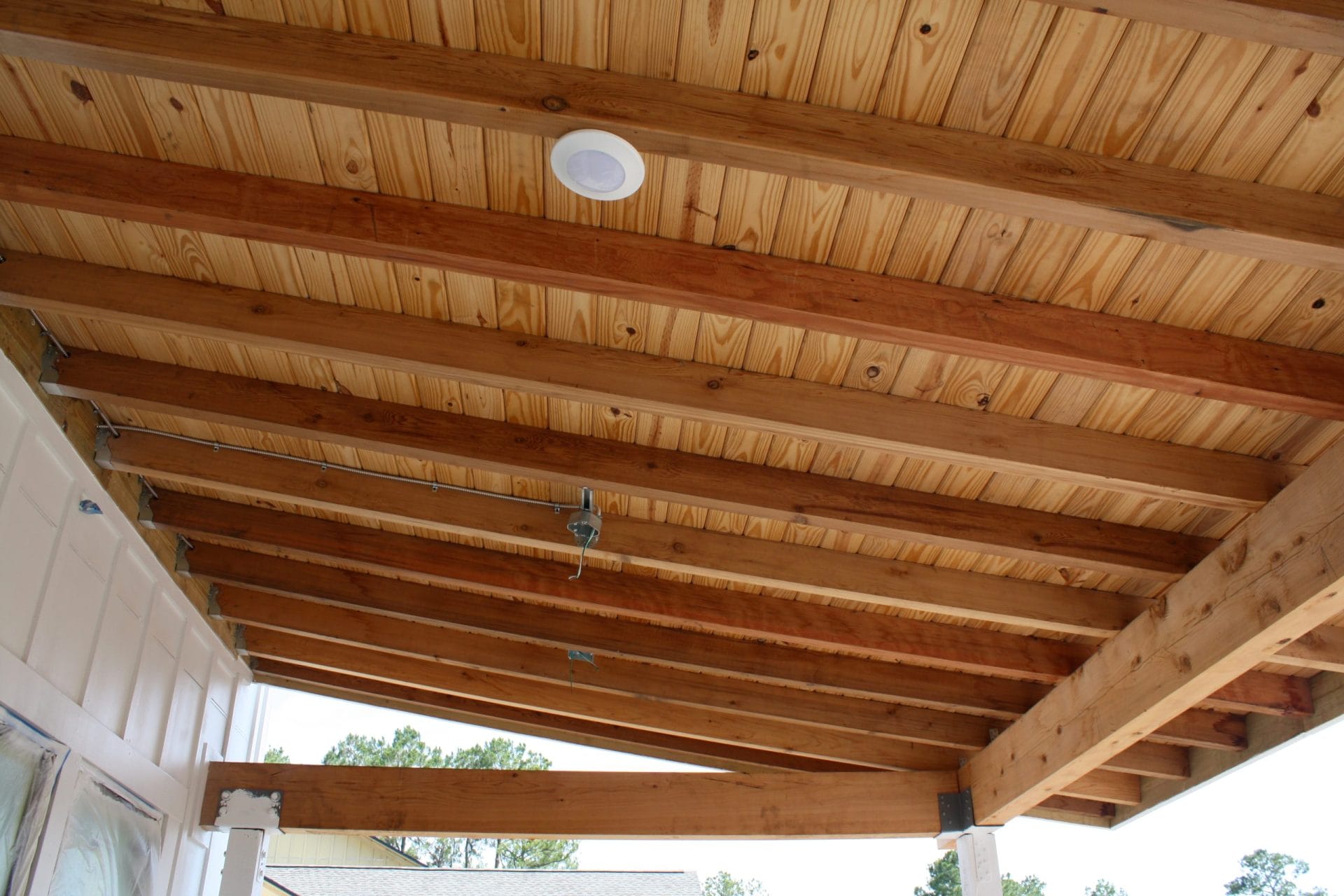
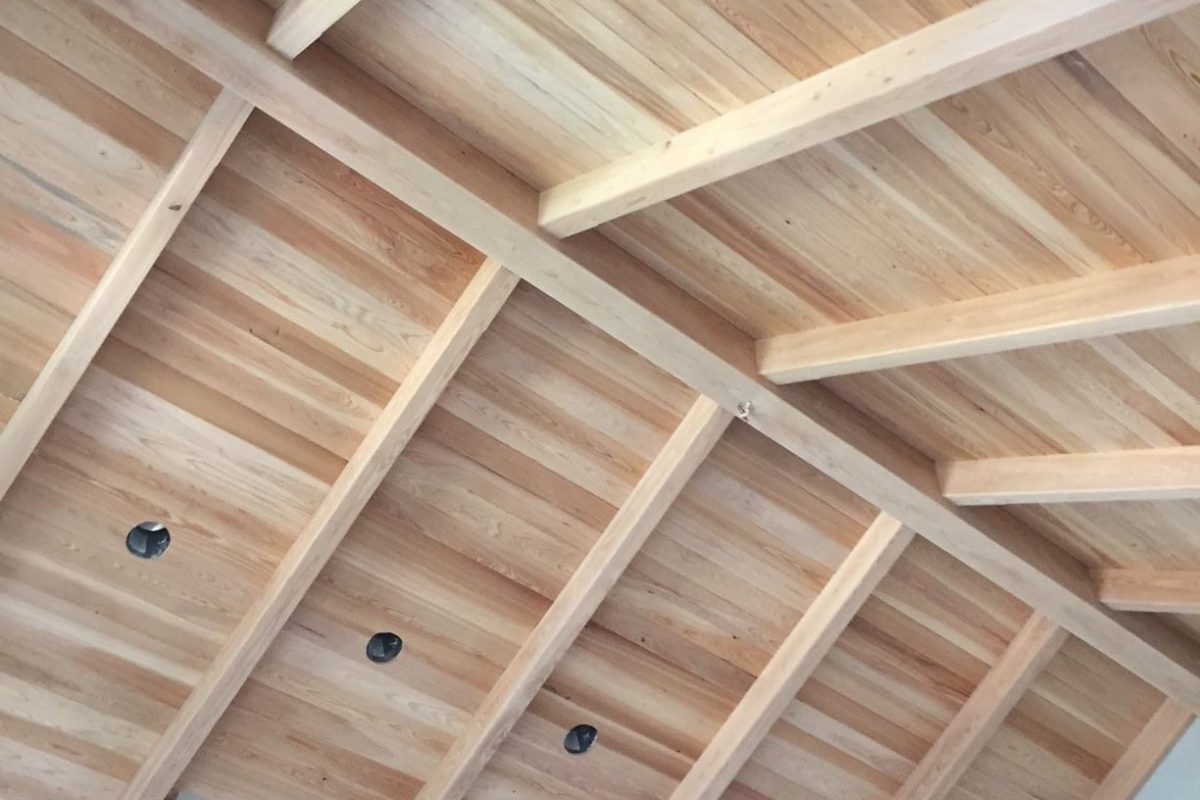
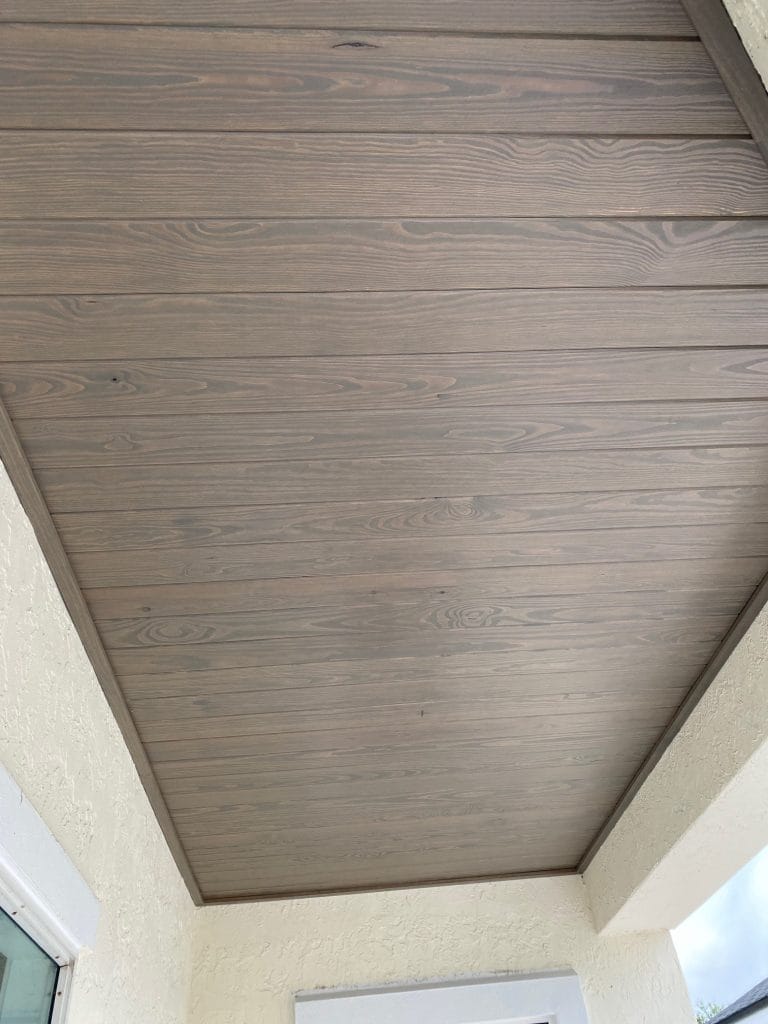
We provide custom tongue and groove and dimensional board distressing. Offering sizes from 1 x 2 up to 2 x 12, we give new lumber an aged and weathered look, perfect for adding character and a rustic feel to any project.
Achieve the perfect color and protection for your wood with our staining services. We offer pre-primed and stained options, ensuring your wood is ready to withstand the elements and fit seamlessly into your design aesthetic.
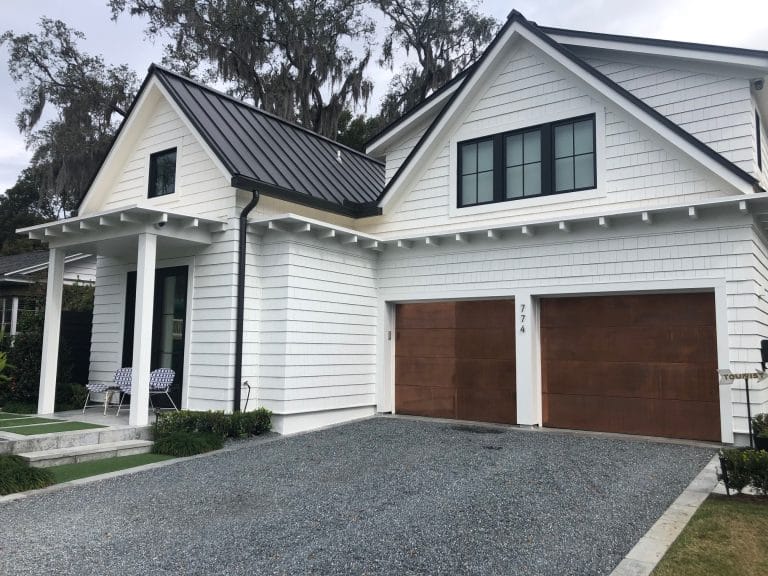

As Authorized Factory Finishers for top brands like Sherwin Williams and PPG Flood, we provide professional-grade finishes for your wood projects. Our finishes enhance durability, resist the elements, and bring out the natural beauty of the wood.
Bring your vision to life with our custom milling services. Available in Cedar, Pine, or Cypress, we craft a wide range of products including siding, timbers, trim boards, brackets and corbels, rafter tails, shutters, trellises, mantles, and more. Whatever your project needs, we can create it with quality and precision.
